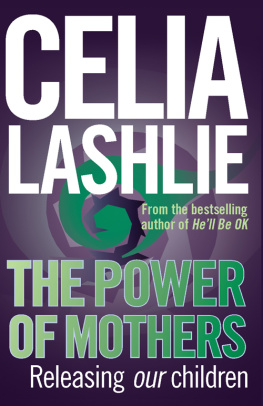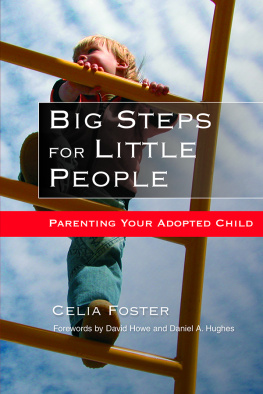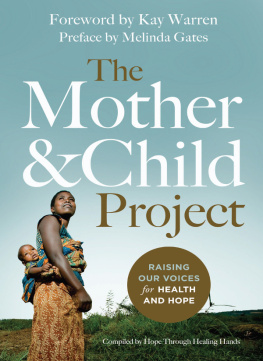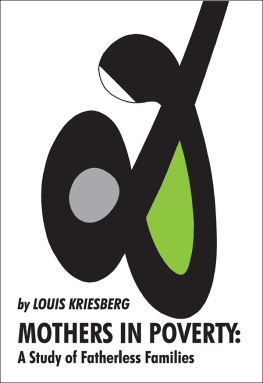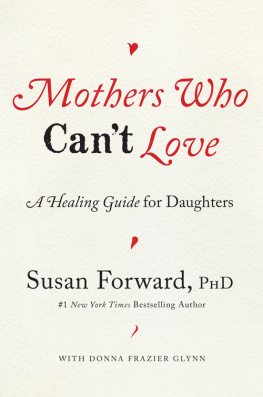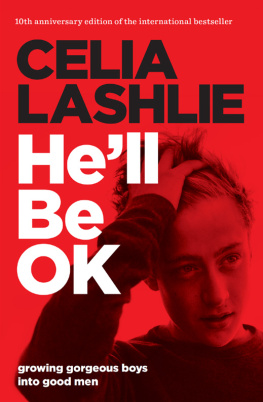
For the women I left behind in Christchurch Womens Prison
For Jean, a matriarch and much-loved woman
And, for Ted and Fergus, thanks for the dappy.
Me aro koe ki te ha o Hine-ahu-one
Pay heed to the dignity of women
Seeking the Magic

The purotu symbol was designed for me by Heather Main, a good friend of mine, after discussions focused on the ability of people who have experienced tragedy and trauma to fly if given the chance. Used as an adjective, the Maori word purotu means clear or transparent, and when he was working with the women of Christchurch Womens Prison, Jim Moriarty used it to refer to the pure place within. In Heathers design the jagged curve is the negative history and trauma people bring into prison with them. If prisons do what they are equipped to do, and do it well, the individual will leave grounded in their history, aware of the victims they have created, but also convinced of their ability to do it differently from this point. As depicted in the purotu symbol, upon leaving prison they soar, having discovered their own magic, having visited the pure place within and knowing the positive contribution they are capable of making to our society.

A s I sat down to begin the process of writing another book, the story had just broken in the media about Maka Renata, a 24-year-old man and a convicted rapist who, as reported on the Stuff website, was the target of a nationwide manhunt just a month after the Parole Board was forced to free him from prison.
Some of the facts around this case: Maka was 14 years old when he was placed by Child, Youth and Family (CYF) into the care of his uncle, Dean Hiroki, a patched Mongrel Mob member whom Id had dealings with twice, once as a probation officer in 1984 when he was just 16, and then again while working as a prison officer at Wi Tako (now Rimutaka) Prison in Upper Hutt between December 1985 and November 1988. As part of my role as his probation officer, I had visited Dean in a police cell late in 1984, the morning after he was arrested for breaking into a house and attempting to sexually violate a woman. For some reason I have always remembered him, possibly because it was so early in my criminal justice career. I had been struck by the path he seemed to have chosen at just 16 years of age. He was at that time prospecting for the Mongrel Mob, and I clearly remember the sense of belonging and acceptance his connection to the gang seemed to give him.
I can recall seeing Deans face on television in the aftermath of the violent sexual assault in which he was involved with Maka, an assault that saw him sentenced to preventive detention. Noting the fully tattooed face of an adult man who wore a belligerent expression in defiance of the world he was looking out at, I paused to wonder where the young man with the cheeky grin had gone. What had happened in the interim to make him the obviously very damaged and very dangerous adult man with dead eyes whose face I was now seeing portrayed in the media?
One night in June 1999, subsequent to Maka being placed in Deans care by CYF, he and Dean dragged a 26-year-old woman into an alleyway in downtown Wellington and raped her. For this offence Maka was sentenced to a term of seven-and-a-half years imprisonment. Sixteen months later he sodomised a 15-year-old boy also in custody, a boy alleged to have been his best friend, and for this offence he was sentenced to a further three years imprisonment. In 2007 the Department of Corrections obtained a special order under the Parole Act to allow them to keep Maka in custody until his final release date, 2 December 2009.
On the basis of my knowledge of the system, I believe this step will have been taken because the Department had serious concerns about Makas potential to reoffend, based on evidence that he had done little to address the issues underlying his offending while in prison.
Maka was eventually released with special conditions attached to his paroleconditions that included a direction that he was not to move from the address he was released to without the express permission of his parole officer. On 23 December 2009, the police issued a warrant for Makas arrest after he absconded from that address, and two weeks after the issuing of that warrant, the police announced they were seeking the publics assistance in finding Maka.
There can be no doubt that part of the reason a drive had begun to find Makawith the police actively seeking the assistance of the publicwas due to the fact that on 6 January 2007, having been released on parole in mid-2006 after serving 14 years for murder, Graham Burton had shot dead Karl Kuchenbecker and injured four other people while on the run from police after breaching his parole conditions. The subsequent investigations revealed numerous weaknesses in the system, including a lack of effective communication between the relevant government departments. Among the perceived weaknesses reported in the media was an apparent delay by the police in acting on the warrant that had been issued for Graham Burtons arrest prior to the Christmas holiday period. There is a strong belief held by some, including Karl Kuchenbeckers father, that had the police acted more quickly, Karl would still be alive.
Parole processes for people leaving prison have been tightened considerably in the aftermath of Graham Burtons violence, so it was not surprising, especially given the parallel in terms of the time of the year, that the police were now moving to do what they could to find Maka. In the media reports he was described as a convicted double rapist, which he was, and someone at risk of further offending, which he also was. What also needed to be remembered, however, was that he was a young manstill only 24 years of agewho had been in prison for 10 years; a young man who had entered prison at the age of 14 and had in effect grown up in prison. He was unlikely to have grown up much at all in an emotional sense during that time. He may well have been at risk of further offending while on the run, especially if he had not been able to process all the issues surrounding his two offences, and come to terms with what he did and why during his time in prison (something that given the current climate of New Zealands prisons is very unlikely to have happened). But in my view at least, he was not likely to present a risk to the person he passed on the street, nor was he likely to go on the sort of rampage Graham Burton embarked onnot, that is, unless he was pushed.
Having breached his parole conditions, a young man with limited social skills, who had spent the past 10 years watching his back and trying to make out he was a whole lot tougher than he actually was in order to survive the brutal environment that is prison, waited for the police to find him, knowing that when they did, a return to prison was almost inevitable. I believe that in that moment the little boy curled up into a foetal position within the adult mana little boy I have seen in the eyes of many of the adult men I have met in prisonand wondered if he would ever find a place where he would be safe, where he would be accepted. From somewhere deep inside, if and when he allowed it to surface, the question would inevitably comewhy me? What did I ever do to deserve this life?
Next page
